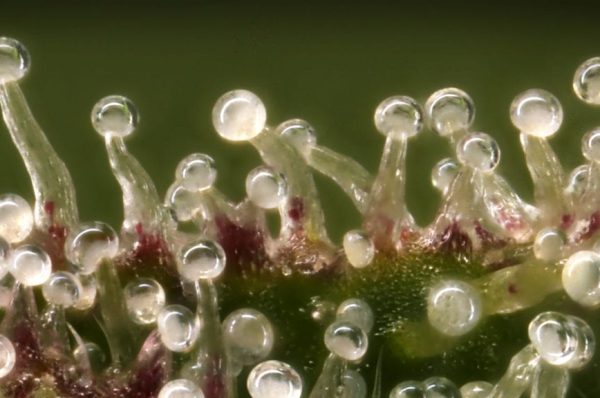Cannabis, a plant that has been at the center of conversation for decades, is more than just a single entity. It comprises various strains, each with its unique characteristics, effects, and medical benefits. The three primary categories that most strains fall into are Cannabis sativa, Cannabis indica, and hybrids. Understanding the differences between these can help consumers make informed decisions about their cannabis use, whether for recreational or medicinal purposes.
Cannabis Sativa
Characteristics: Cannabis sativa plants are tall and thin with finger-like leaves. They can grow taller than 12 feet and tend to have a lighter green shade. Sativa plants typically take longer to mature than their indica counterparts.
Psychoactive Effects: Sativa strains are known for their uplifting and euphoric effects. They can enhance creativity and focus, making them ideal for daytime use. The high from sativa strains is often described as cerebral, offering a jolt of energy and a boost in mood.
Common Strains: Some popular sativa strains include Sour Diesel, known for its energizing effects, and Jack Herer, celebrated for its stress-relieving and uplifting benefits.
Cannabis Indica
Characteristics: Cannabis indica plants are shorter, bushier, and have wider leaves. They are darker in green color and usually grow up to 6 feet tall. Indica strains generally have a faster growth cycle and a higher yield than sativa strains.
Psychoactive Effects: Indica strains are best known for their relaxing and sedating effects. They are often used in the evening or before bed to help with sleep, reduce anxiety, and alleviate body pain. The high from indica strains is usually more body-centric, leading to deep relaxation.
Common Strains: Popular indica strains include Granddaddy Purple, renowned for its stress-relieving properties, and Northern Lights, which is favored for its relaxing effects and ability to aid sleep.
Hybrid Strains
Characteristics: Hybrid strains are bred from both indica and sativa plants to create a balance of effects. The physical characteristics of hybrid strains can vary widely depending on their parent strains’ genetics.
Psychoactive Effects: The effects of hybrid strains are a mix of sativa and indica, offering a balanced high that affects both the mind and body. Some hybrids are sativa-dominant or indica-dominant, while others offer an even balance of effects. This makes hybrids versatile, suitable for various purposes and times of the day.
Common Strains: Blue Dream, a sativa-dominant hybrid, offers full-body relaxation with a gentle cerebral invigoration. Another example is GG4 (formerly known as Gorilla Glue #4), an indica-dominant hybrid known for its heavy-handed euphoria and relaxation.
Conclusion
The cannabis plant’s complexity extends beyond its basic classification into sativa, indica, and hybrid strains. Each category encompasses a range of strains with distinct effects, flavors, and medical benefits. While sativa strains are more uplifting and suitable for daytime use, indica strains offer relaxation and are often preferred for nighttime. Hybrid strains bridge the gap between sativa and indica, offering a combination of effects that can be tailored to individual needs and preferences.
It’s essential for consumers to explore different strains and their effects to find what works best for them, keeping in mind that everyone’s experience with cannabis can vary. Whether you’re using cannabis for recreational enjoyment or seeking relief from medical symptoms, understanding the differences between sativa, indica, and hybrid strains is a crucial step in making informed choices about your cannabis consumption.




